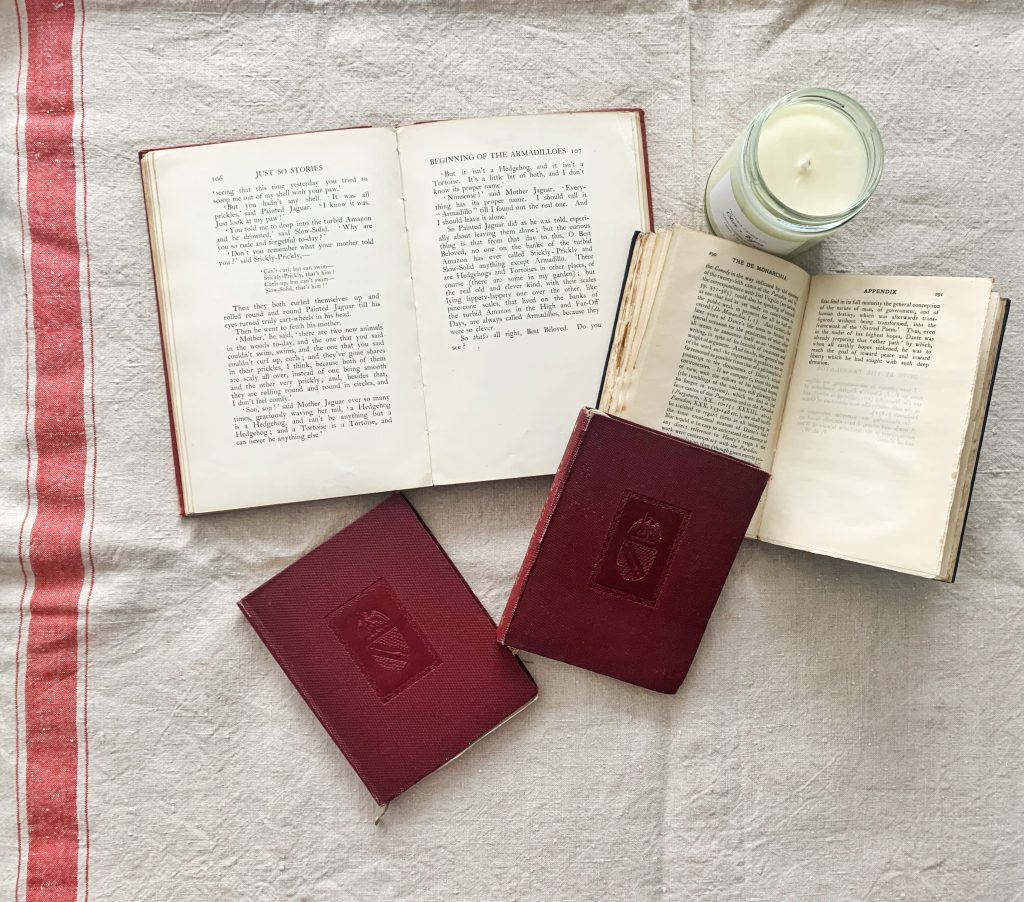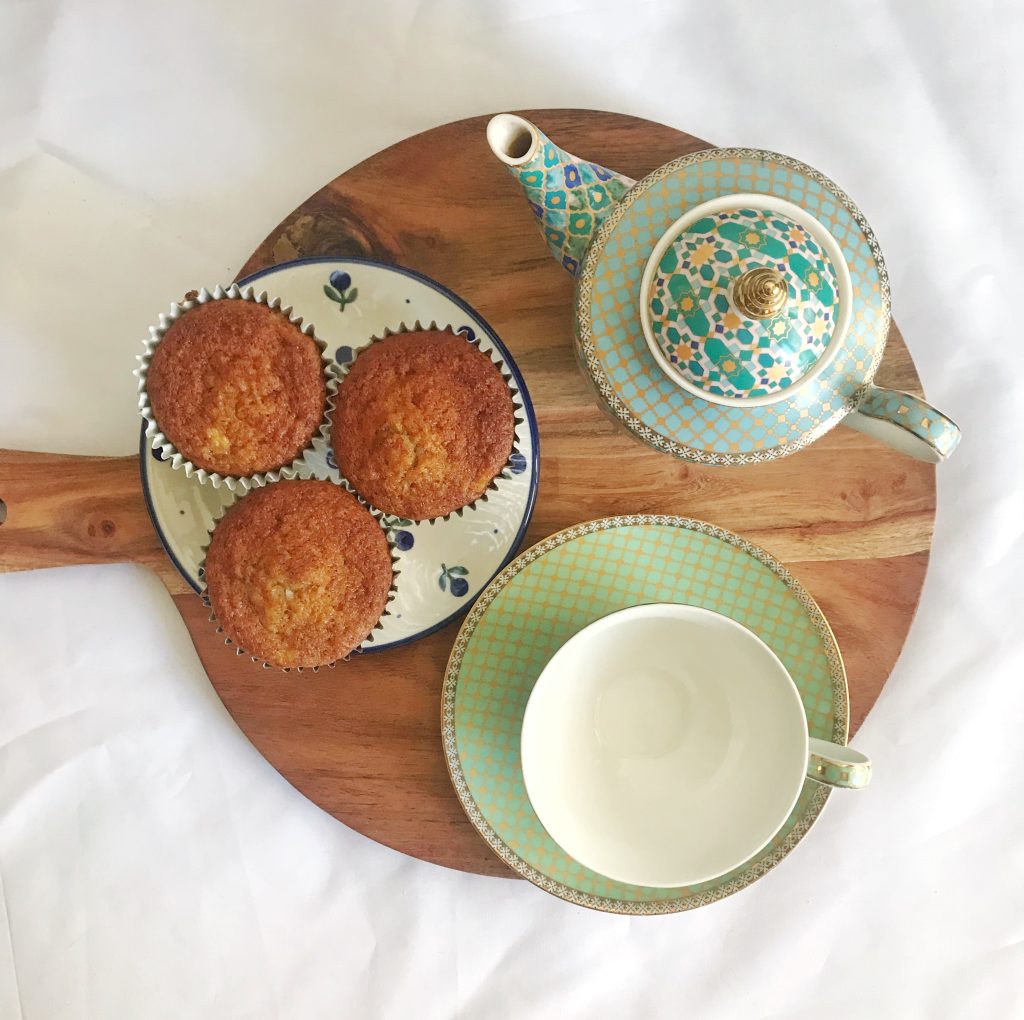How can we utilise it to our advantage
The influence of BookTok and Bookstagram is giving new life to books and book engagement, and as writers and authors it can be daunting trying to grapple not just with trying to create an online presence, but also the time it can take when we feel like we should be writing.
But this blog is going to focus on the positives and opportunities that can be gained from the online book community. First, we can look at some examples. Author Xiran Jay Zhao created an online presence for herself after having trouble publishing her book, not due to the editors, but due to the marketing teams thinking that her genre-bending book wouldn’t sell.

The social media presence she created not only helped more people discover the book, but has become a big part of her success, with over three hundred thousand followers. Her content is a mix of talking about her books and upcoming releases, but also her own personal interest in the French Revolution.
Secondly, we can look at Lloyd Richards and his book which took eleven years to gain success. He wasn’t on TikTok himself, but his daughter posted about his book online and it went viral. As a result it hit No. 1 on the Amazon bestseller list, and has almost 6000 reviews.
Situations like this don’t happen very frequently, particularly on this scale, but it demonstrates the power of social media to get your book out to audiences you might not have previously reached. Furthermore, it demonstrates how much people like to see the author behind the book. This doesn’t mean you have to be filming yourself all the time; even just sharing parts of your day, mentioning interests and hobbies in the captions is all part of audience engagement.
Lastly, we can look at social media influencer Jack Edwards who has a significant online following across Instagram, TikTok and YouTube. He started off creating study content as a university student, but now reviews books and is in the process of writing his first novel. We can look at these successful influencers for inspiration and tips for making our own content.
Jack utilises trends and creates a mixture of long and short form content, including funny anecdotes about his life, book hauls, and uses trending sounds to describe his experiences reading books.

So what might you do for your own content? People like to engage with both the idealised aesthetic of writing (think artistic coffee in cosy cafes, cats as company, and little cottages), but also the realism of writers block, the trials and tribulations of getting rejected by publishers, struggling to meet deadlines and writing goals, and just writing whenever you have to time to do so.
It is important to create content you want to make, and to be consistent. And don’t be afraid of creating content that is similar to other peoples or things you have already made, the algorithm likes patterns! And it makes it easier on us, as we don’t have to create something fresh and new all the time.
Social media may sometimes seem like just another thing we have to do (which isn’t wrong), but we can take advantage of it. Remember the content you create is the content you want to make, whether you want to talk all about writing, focus on the aesthetic, or jump on reading trends as well as writing content. The world of reading and writing is a vast one, and there will be an audience for you.
You just need to find them!
Aislinge Samuel
Editing Intern
